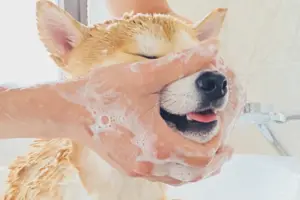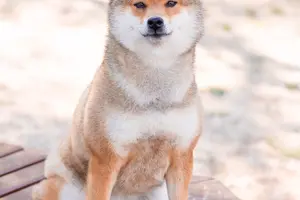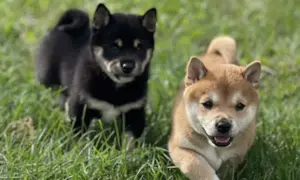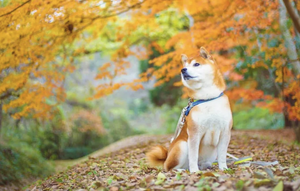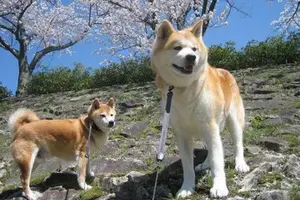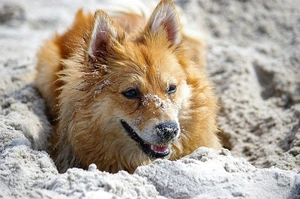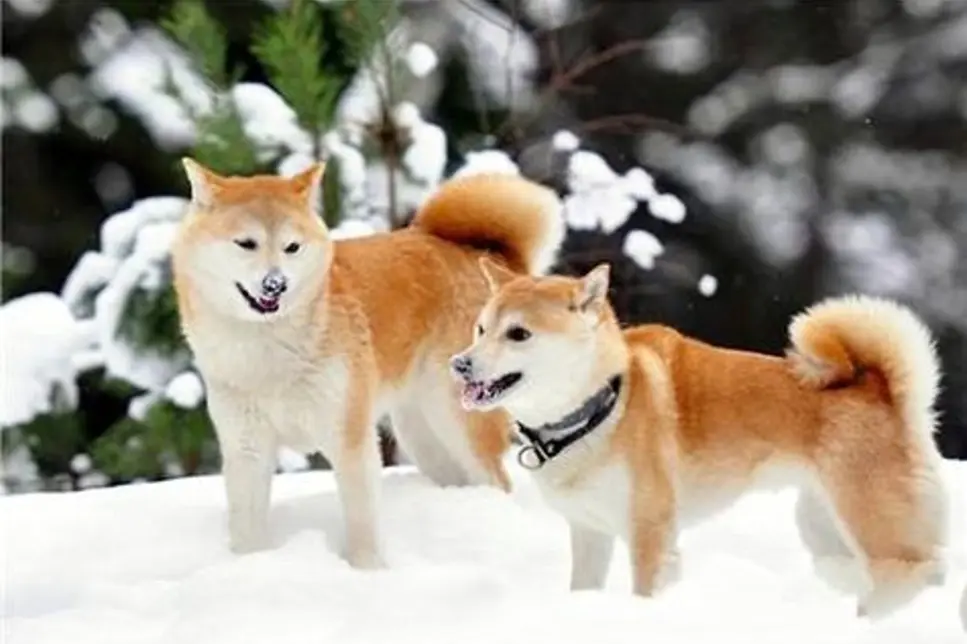
Are you considering adding a Shiba Inu to your family, but unsure whether to get a purebred or a mix? It’s important to understand the differences between these two types of Shiba Inus to make an informed decision. While they may look similar, there are distinct differences in their characteristics, temperament, health issues, and grooming needs. In this blog post, we’ll explore the differences between purebred Shiba Inus and Shiba Inu mixes, so you can choose the right breed for your lifestyle and needs.
Characteristics of Shiba Inus
Purebred Shiba Inus are a small to medium-sized breed, typically weighing between 17 to 23 pounds and standing 13 to 17 inches tall. They have a thick double coat that comes in a variety of colors, including red, black and tan, sesame, and cream. Their ears are triangular and erect, and their eyes are almond-shaped and dark. Shiba Inus have a muscular build and a distinctive curled tail. They are known for their fox-like appearance and regal demeanor.
Temperament of Shiba Inus
Shiba Inus are known for their independent and aloof nature. They are intelligent and have a strong will, which can make them challenging to train. However, with proper socialization and training, they can become loyal and affectionate companions. Shiba Inus are also known for their stubbornness and can be difficult to handle for first-time dog owners. They are not typically recommended for households with small children or other pets, as they can be possessive and territorial. Shiba Inus are best suited for experienced dog owners who are willing to put in the time and effort to train and socialize them properly.
Health Issues of Shiba Inus
As with all breeds, Shiba Inus are prone to certain health issues. Some of the common health problems that Shiba Inus may experience include allergies, hip dysplasia, and eye problems such as cataracts and glaucoma. They are also susceptible to certain genetic conditions, such as Shiba Inu Autoimmune Thyroiditis (SAIT), which can affect their thyroid function. Regular veterinary check-ups and preventative care can help identify and manage potential health issues. It’s important to research the health history of any Shiba Inu you are considering adopting to ensure that you are getting a healthy and happy pet.
Grooming Needs of Shiba Inus
Shiba Inus have a thick double coat that sheds heavily twice a year. They require regular brushing to maintain their coat and prevent matting. During shedding season, which typically occurs in the spring and fall, they may require daily brushing to remove loose fur. Shiba Inus should also be bathed as needed, usually every three to four months. Their ears should be checked regularly for signs of infection, and their nails should be trimmed every three to four weeks to prevent overgrowth. Regular grooming can help keep your Shiba Inu healthy and comfortable.
Characteristics of Shiba Inu Mixes
Shiba Inu mixes, also known as “designer dogs,” are a hybrid of a Shiba Inu and another breed. The characteristics of a Shiba Inu mix can vary depending on the breed of the other parent. For example, a Shiba Inu and a Pomeranian mix, also known as a Pom-Shi, may have a smaller size and a fluffier coat than a purebred Shiba Inu. On the other hand, a Shiba Inu and a Siberian Husky mix, also known as a Shusky, may have a larger size and a thicker coat. Shiba Inu mixes can have a variety of coat colors and patterns, depending on the genetics of their parents.
Temperament of Shiba Inu Mixes
The temperament of a Shiba Inu mix can vary depending on the breed of the other parent and how much of each breed’s personality traits they inherit. In general, Shiba Inu mixes tend to be loyal and affectionate with their owners, but they may also be wary of strangers and other animals. Socialization and training can play a key role in shaping a Shiba Inu mix’s behavior. It’s important to research the temperament of the other breed in the mix to get a better idea of what to expect from your Shiba Inu mix.
Health Issues of Shiba Inu Mixes
Shiba Inu mixes may inherit health issues from either parent breed. It’s important to research the health history of both parent breeds to identify potential health issues that your Shiba Inu mix may be susceptible to. Some of the common health issues that Shiba Inu mixes may experience include allergies, hip dysplasia, and eye problems. Genetic testing can also help identify potential health issues. Regular veterinary check-ups and preventative care can help manage and treat any health issues that arise.
In conclusion, understanding the differences between purebred Shiba Inus and Shiba Inu mixes can help you choose the right breed for your lifestyle and needs. Purebred Shiba Inus have distinct characteristics, temperament, health issues, and grooming needs that require a dedicated and experienced owner. Shiba Inu mixes, on the other hand, can vary in their characteristics and temperament depending on the breed of the other parent. It’s important to research both parent breeds and their potential health issues before adopting a Shiba Inu or Shiba Inu mix. With proper care and attention, both purebred Shiba Inus and Shiba Inu mixes can make loyal and loving companions.

